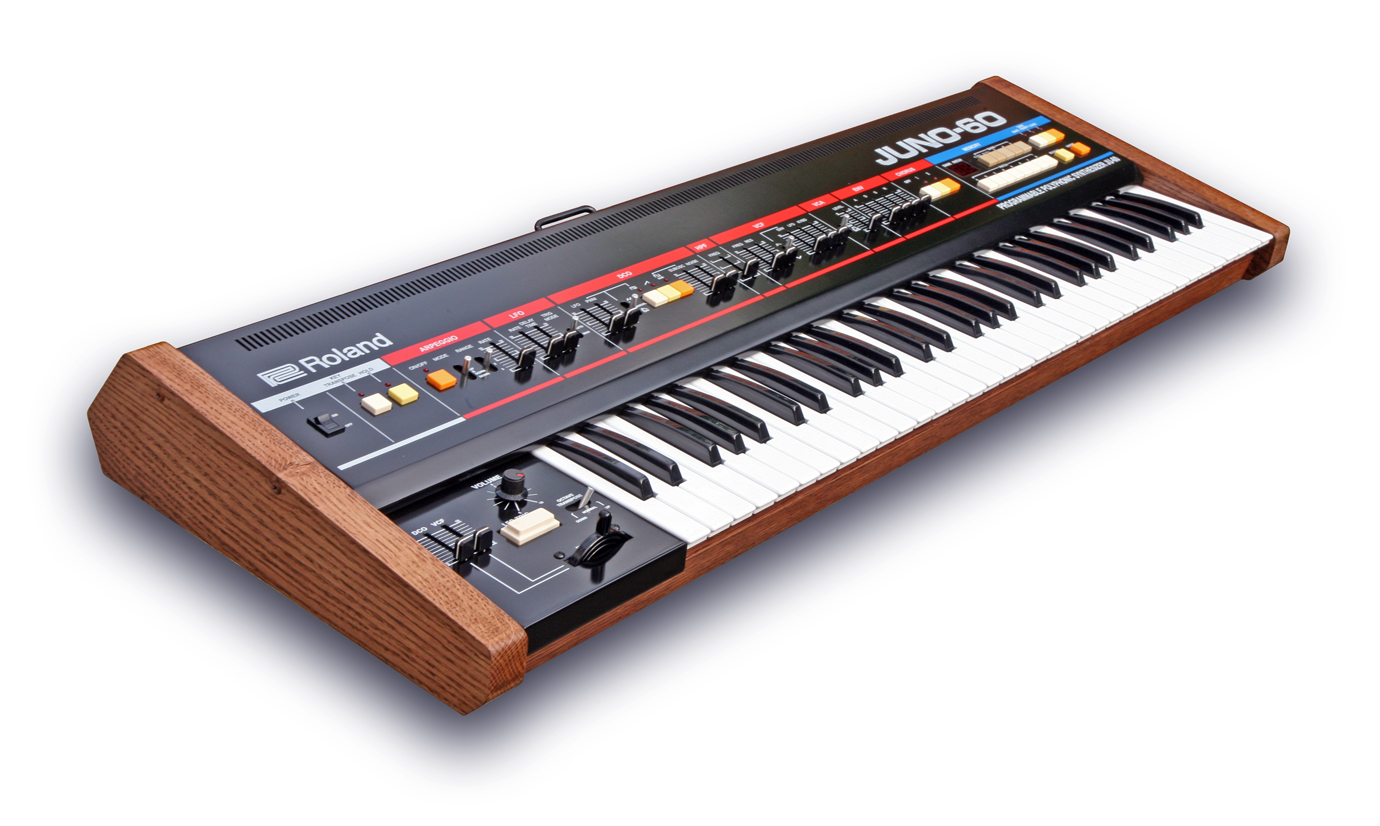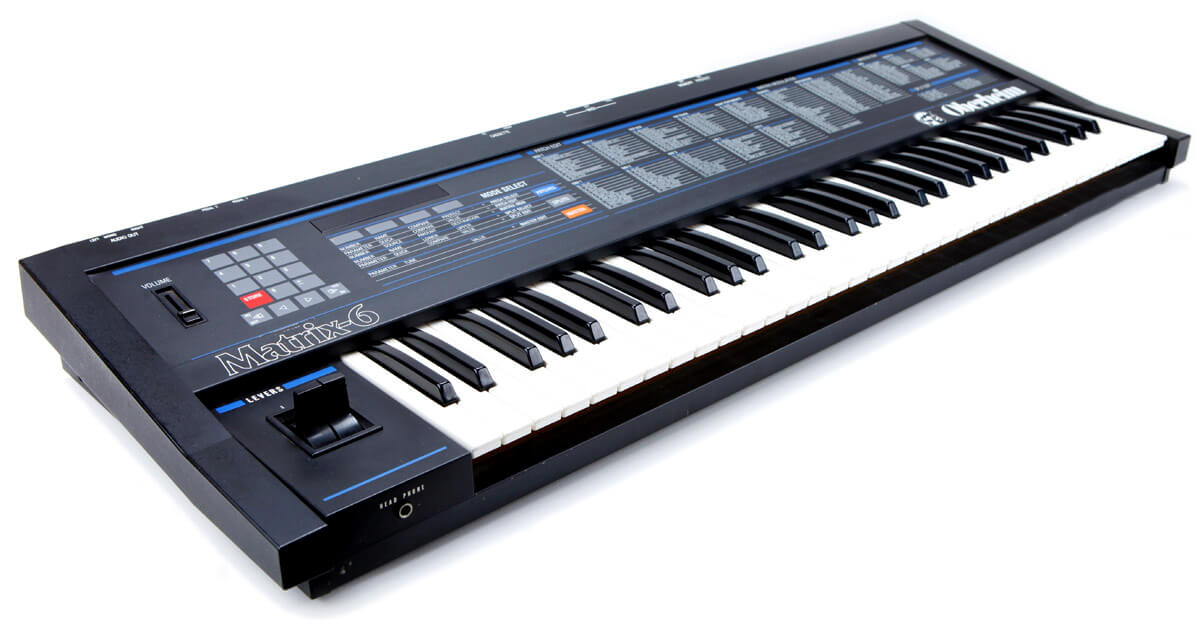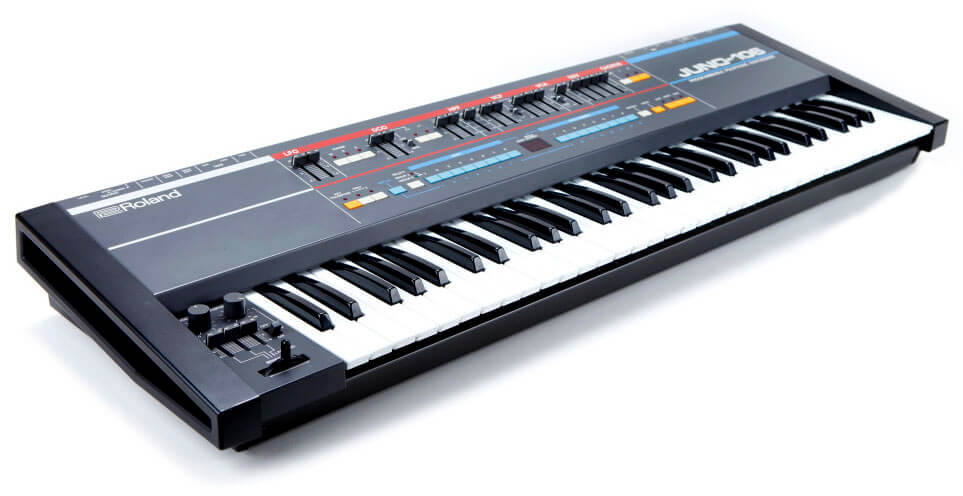How Analog is My Analog Synth? Part Two
Last week's article taught us about VCOs and what makes them special. Let's learn about DCOs this week and find out just how digital they are.

DCO's – A different breed of analog
Digitally Controlled Oscillators were designed in the 1980's with the aim of overcoming some of the issues associated with VCO-based instruments, namely the drifting of oscillators. As explained in last week’s article, in a VCO system, the cycle time or pitch is determined by the never-fully-accurate Capacitor and Comparator elements.
“The DCO was a transitional technology that arose as soon as inexpensive microprocessors were available that were fast enough to control the timing of an audio oscillator circuit, but not yet fast enough to compute the oscillating waveform entirely in the digital domain.” Dave Cornutt – Sequence 15
The DCO design uses a ‘Master Oscillator’ and a ‘Divider’ also known as a counter or a timer. In practice, the Master Oscillator produces a high frequency square wave, usually in the Mega Hertz (MHz) range. This signal is sent to the Divider, whose role is... well to divide that frequency into an audible-friendly one by using some fraction of the Master Oscillator’s signal. Sounds confusing enough? Actually, this is a simple problem that can be solved using basic arithmetic. Let’s explore:
Assuming our master oscillator generates a 4Mhz (4 million Hertz) square wave and that our desired result is the Middle A on the piano (440Hz), what whole number should the Divider ‘divide’ the Master Oscillator’s frequency such that the result is 440Hz?
4 000 000 Hz / X = 440 Hz
Working out the X reveals a value of 4 000 000 / 440 = 9090,9 which we will round up to the nearest whole number, 9091. Therefore, replacing the X with this value reveals:
4 000 000 Hz / 9091 = 439,99 Hz
Albeit the result is not 440 Hz as we had originally wanted, the difference is so small that the human ear will render it as Middle A or 440 Hz. Perhaps the natural reaction to this method should be to ask ourselves ‘why on earth would we want to work out numbers when we can just stick to the plain VCO design?’.
It turns out there’s a very good reason for doing so. Remember, our Master Oscillator is still a physical component meaning it is prone to errors and faults and sensitive to heat, as well as to a variety of other factors. Let’s imagine a scenario where our Master Oscillator malfunctions and the 4 Mhz frequency drifts off by 50Hz to 3 999 950 Hz. Running the calculation once again reveals the following:
3 999 950 Hz / 9091 = 439,99 Hz
Despite the severe drifting which would have had a severe effect in a VCO setup, the drifting is greatly diminished in a DCO system. A 50Hz drift in the human hearing range is about the difference between an A4 and a B4 - that’s a whole tone, and a catastrophe in a live gig scenario. However, in the context of a DCO construct operating in the MHz range, this difference only yields a 0,01Hz drift which is undetectable by the human ear.
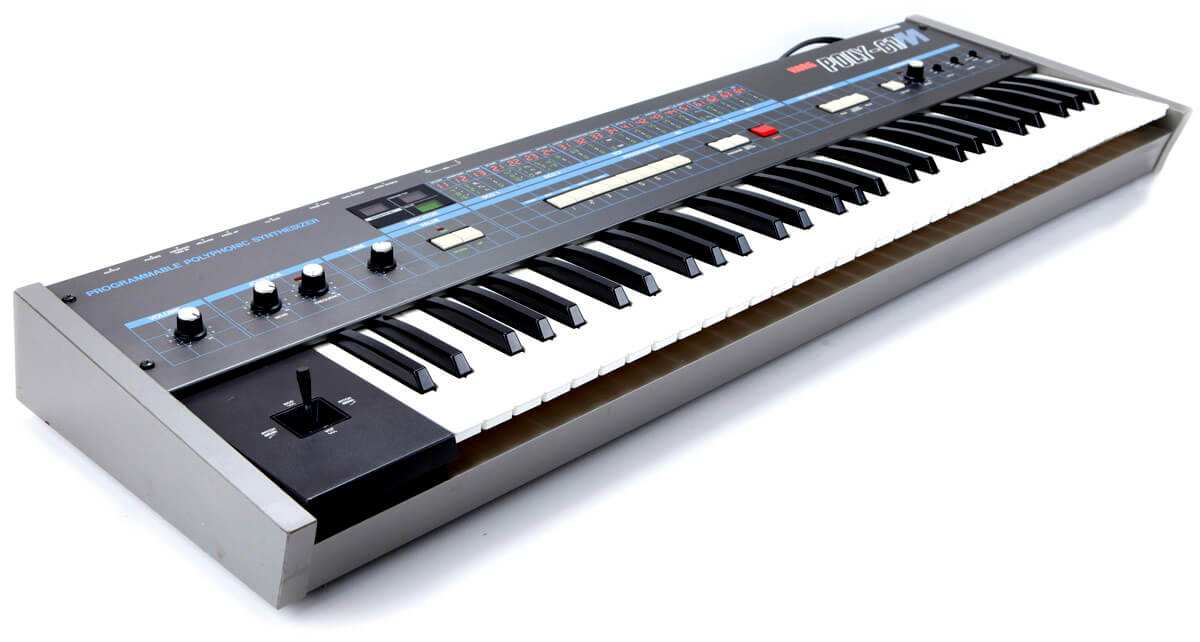
After the calculation returns the final signal (which is now in the audible frequency register), it will continue to follow the same path as it would in a VCO-based instrument. The only digital part of a DCO is the Dividing Circuitry, which can be considered outside the scope of the audio domain as it represents the calculation or algorithm which works out the final frequency to be output. Ultimately, this frequency is a continuously-generated waveform in the analog domain and, similarly to a VCO, this frequency is still a voltage – one which has been worked out through a numerical calculation, rather than simply being dictated by a control voltage.
Use Real Synths on Your Production
Some of the most sought after classic synthesizers use DCOs. These include the Roland Juno 60, Juno 106, JX-3P, JX-8P, JX-10; Korg Poly-61 and Poly 800; the Prophet ’08 by Dave Smith Instruments (DSI), as well as the Oberheim Matrix 6, amongst many others. To better understand how a DCO works inside a synthesizer, let’s take a quick look at the Juno-106 DCO circuit:
Similar to a conventional VCO core, the Juno-106 DCO is a sawtooth-core oscillator, meaning it produces a sawtooth waveform by charging a capacitor at a steady rate before rapidly discharging it. Unlike the voltage Comparator inside the VCO [which sends out a voltage to the base pin of the transistor to discharge the Capacitor once it reaches the Comparator’s threshold], the DCO uses a Counter to determine how long the Capacitor should store a charge before releasing it to produce the desired frequency in the audio range. The Divider works out what number to divide the Master Frequency by (our 4 Mhz example) based on MIDI information from the keyboard. It then conveys this information to the CPU, which in turn sends out a binary number to the Counter. In the case of the Juno-106, the Counter starts counting down on a high frequency master clock. Once the Counter reaches zero, it triggers the transistor which discharges the Capacitor and thus it produces the desired frequency - just like in the VCO example we described last week. Here is a rundown of how this process occurs in practice, inside the Juno-106:
1. A key is pressed; MIDI information is passed to the CPU which figures out:
• The factor by which the Master Frequency must be divided to produce the relevant frequency;
• The starting value for the Counter to count down from;
2. This information is sent to the Counter which holds the value until a new one is received and starts counting down, thus charging the Capacitor;
3. Once the Counter reaches zero, it triggers the transistor which in turn discharges the Capacitor;
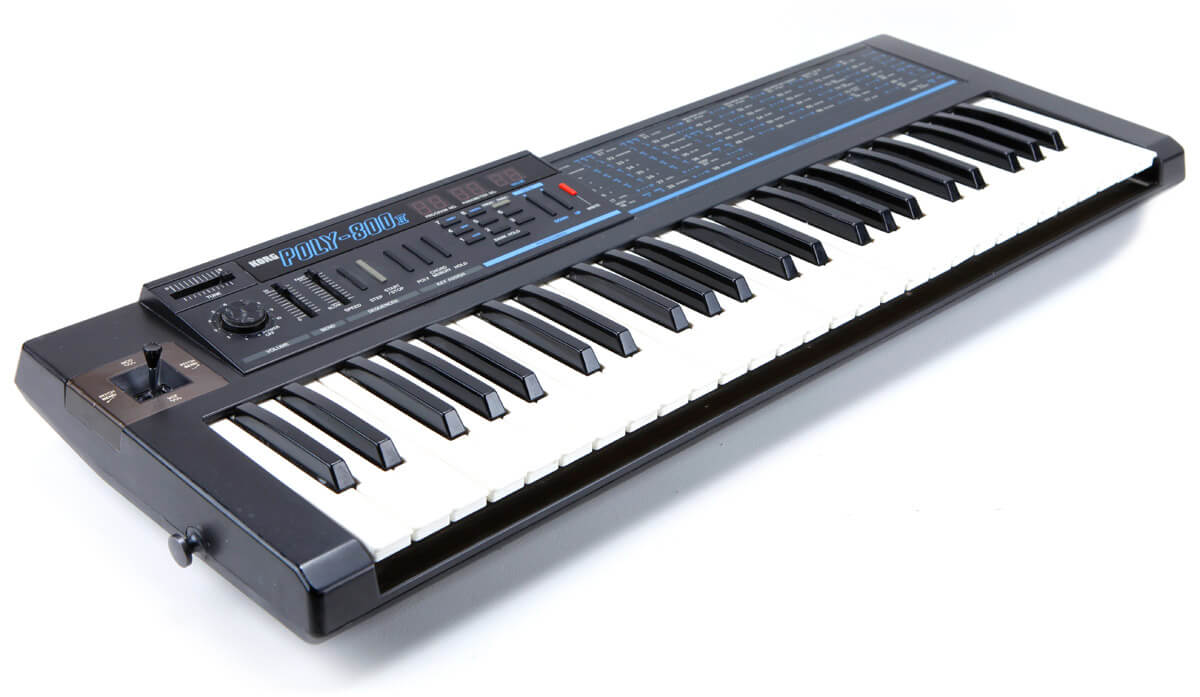
Conclusion
In this two-part article, we have learned that there are many similarities between a VCO and a DCO, the main one being that they both generate analog sounds. The only difference is in the control mechanism, which in the case of a DCO is digital as the name clearly suggests.
We can also better understand not only why, but also how a DCO overcomes some of the issues usually associated with VCOs, namely the pitch drifting of oscillators. However, as DCOs are much more stable in terms of tuning, they will no longer exhibit the small variations in pitch which produce the desirable phasing effect praised by many analog purists. As for which sounds better, it all depends on taste and personal preference. But regardless of which one you choose, both VCO and DCO-based instruments are as analog as they can be.
